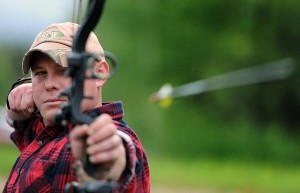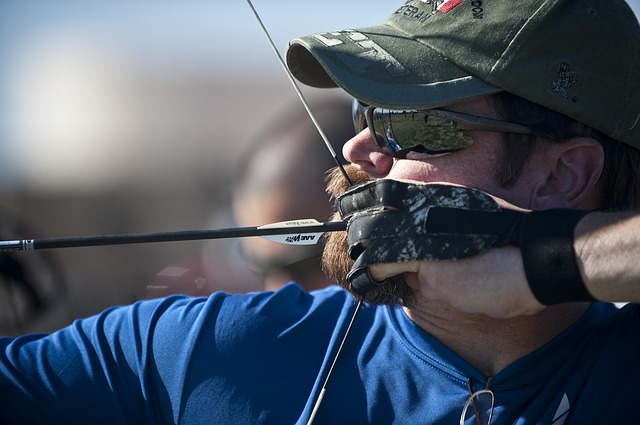
We have an extensive range of products in our archery store, and it can be intimidating for the newcomer. Where do you start? Buying your first bow is very exciting. A recurve bow is a beautiful object, and arrows come with various colours of fletches. But do you really know what you need for an enjoyable and rewarding archery experience?
First of all, you need to know what sort of bow you need. Let’s assume that we’re just looking at recurve bows, although we can help with How to Choose a Compound Bow guide too.
Left- or Right-Handed Bow?
If you’re right-handed, you’ll need a right-hand bow. This is a bow that you hold in your left hand. Your right (dominant) hand will pull back the string. On the left of the riser (the middle bit that you hold) is the arrow rest.
If you’re left-handed, you will shoot with a left-handed bow, held in the right hand. Your left (dominant) hand will pull back the string, and the arrow rest is on the right of the riser.
Bow Length
The next consideration is height. If you stand a strung bow in front of you, with the tip of the lower limb on the floor, the tip of the upper limb should reach the middle of your forehead, give or take an inch or so.
Draw Weight
The draw weight is the measurement of the force needed to pull the centre of the bowstring back to the corner of your mouth, with your bow arm fully extended. A man shooting for the first time will typically use a 28lb bow, and a woman will begin with a 24-poundage. As archers become stronger and more proficient, they increase the draw weight of their bows by changing the limbs.
Materials and design vary in the making of bow limbs. Stronger, stiffer limbs that have less give in them take more force to push away from the bowstring, and therefore the power in the arrow’s release is greater.
Arrow Length
It’s vital to source the right archery supplies, and there’s none more important than picking the right arrows. To find out how long your arrows should be, hold out your arms in front of you, fingers outstretched, and ask someone to measure the distance from your chest to fingertips. Add one inch, and this is approximately the length your arrows should be.
A person’s arm span is virtually equal to his own height. So a tall person will have a longer arm span than a short person. Basically, this means: long bow, long arrows; short bow, short arrows.
However, if you are in doubt, or are sharing arrows, it’s safest for everyone to use long arrows, avoiding the possibility of somebody tall using an arrow that’s too short. When an archer draws back his bowstring, the longer his arms, the further back the string (and arrow) will go. So if the arrow is not long enough, it will be drawn back beyond the riser and drop. There have been some very nasty accidents involving pierced hands and arms, caused by using arrows that are too short.
Other Archery Supplies
A bracer is worn on your bow arm (left arm if you are right handed, and vice versa). Its purpose is to protect the shooter’s inner forearm from the bowstring.
A finger tab is a cheap item – a partial glove, made of leather, to prevent soreness on the fingers of your pulling hand.
A bow stringer is a simple item, essential for assembling a bow correctly.
A bow rest isn’t an absolute must, but it’s a good idea to have somewhere safe to put your bow down when you’re not using it. A bow can get damaged when left leaning against a wall or lying on the ground.
At Pellpax’s archery store, we have a wide selection of recurve bows, arrows, accessories, and clothing. We also have a lot of expertise. Just ask!

